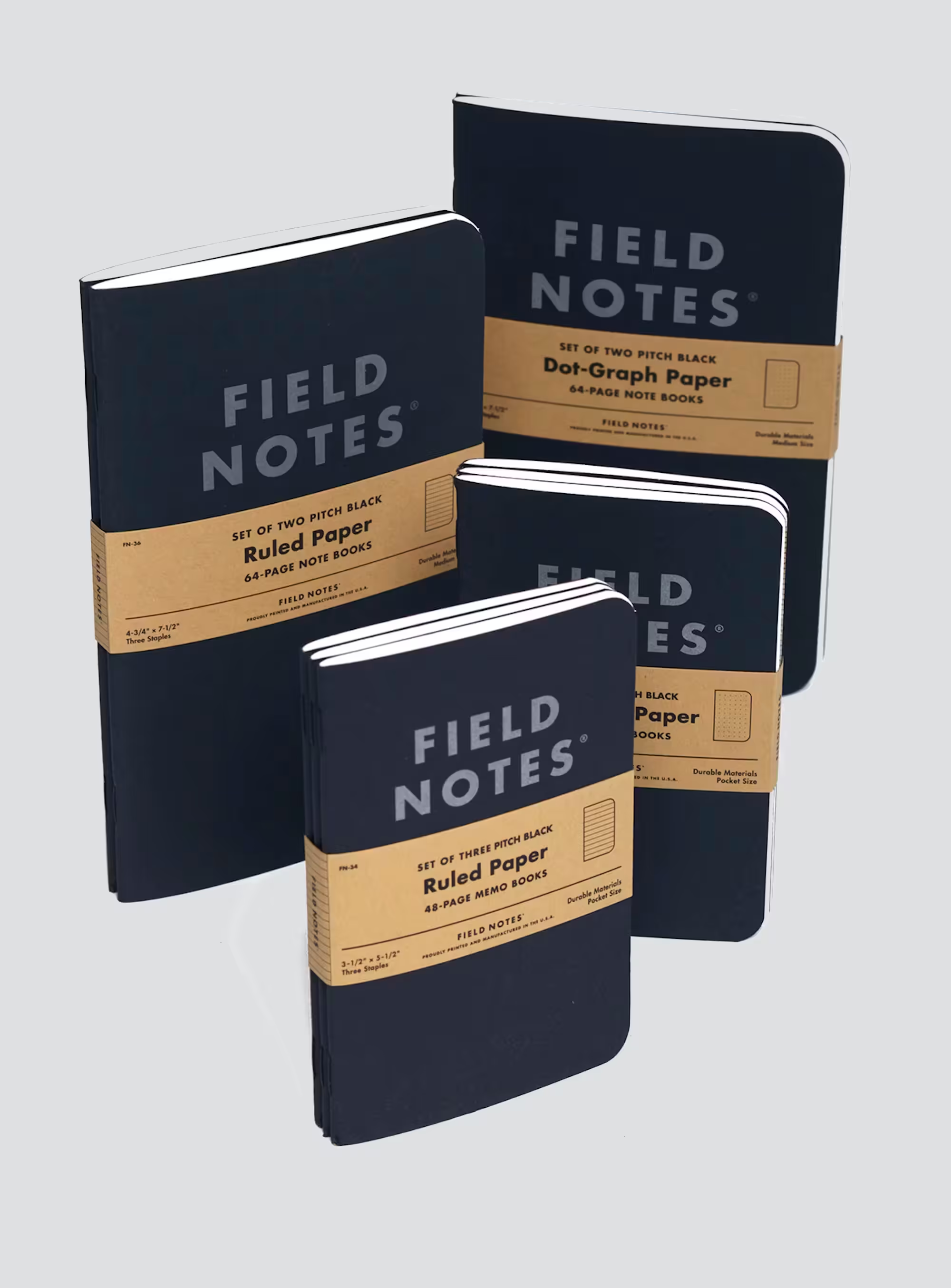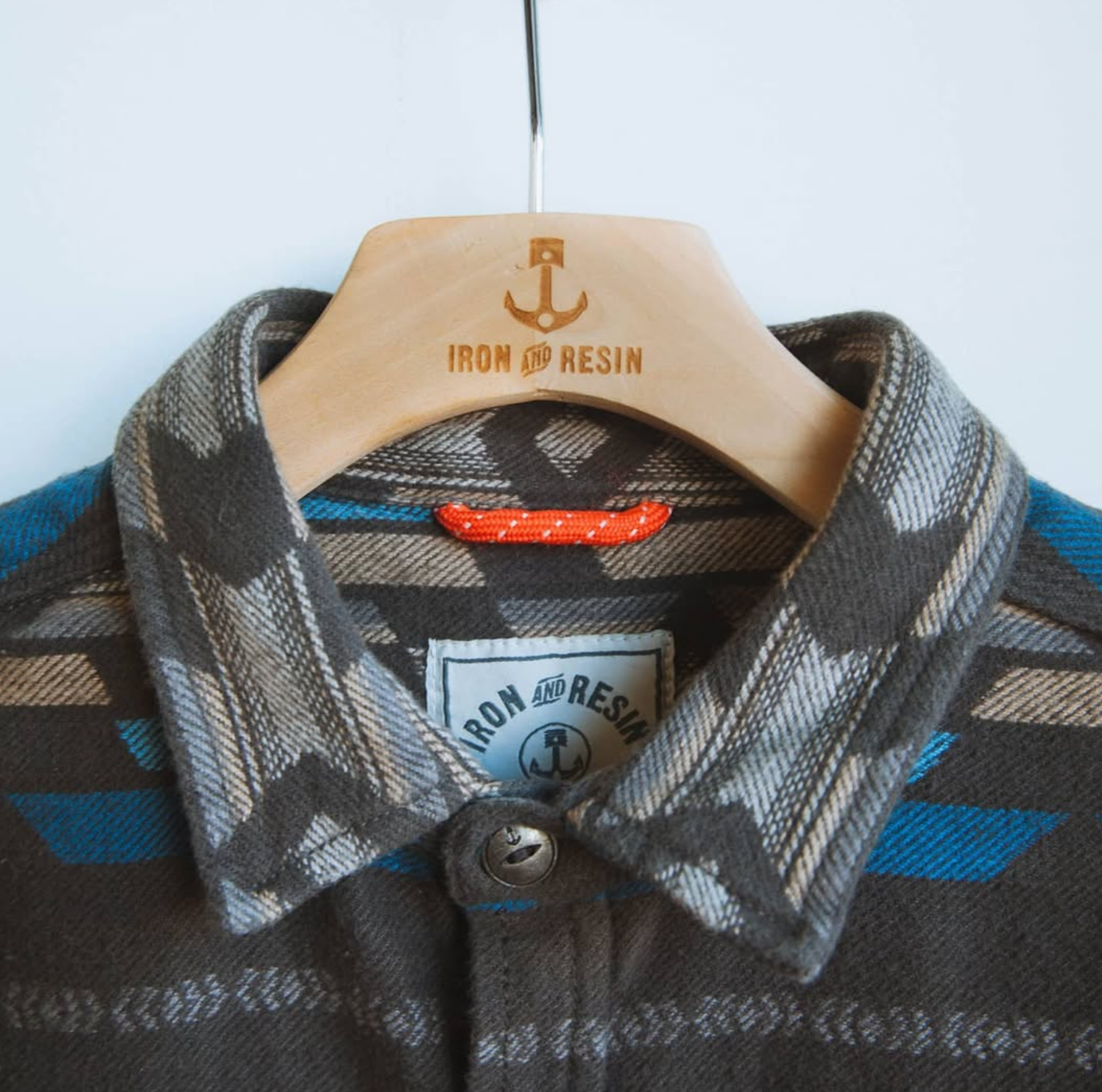Duck canvas
Duck canvas is a plain-woven cotton fabric known for its brute strength. Unlike denim’s diagonal twill, duck’s weave is tighter and smoother, making it even more resistant to tears and abrasions. The word “duck” comes from the Dutch doek — cloth — but make no mistake: this fabric was born to work.
Characteristics
Hefty and rigid at first, duck canvas breaks in slowly — like good boots or a heavy axe handle. It blocks wind, shrugs off sparks, and handles grime like a champ. Over time, it softens and molds to the body while retaining its core structure and purpose-built look.
Historical Use
Duck canvas has long been the go-to for military tents, ship sails, and rugged workwear. It’s the fabric behind the double-knee work pants of carpenters, the aprons of blacksmiths, and the outer shells of vintage hunting jackets. It’s been dragged through brush, soaked in oil, and tested in every trade that requires getting your hands dirty.
Connection to Rugged Style
This is fabric with backbone. Duck canvas doesn’t care about trends — it earns its place through performance. Its patina develops through years of hard knocks and honest labor. In rugged style, it signals that the wearer values utility, toughness, and tradition — without sacrificing aesthetics.
In the Field
Duck canvas shows up in the wild where the work gets real: on trails, in sheds, and around campfires. It’s favored for hard-wearing chore jackets, overalls, tool rolls, and field gear. A good duck canvas piece is like a second skin for builders, outdoorsmen, and anyone who doesn’t mind a little grit in their wardrobe. Think Filson Tin Cloth, Tellason Coveralls, or vintage Carhartt — still going strong after decades.





